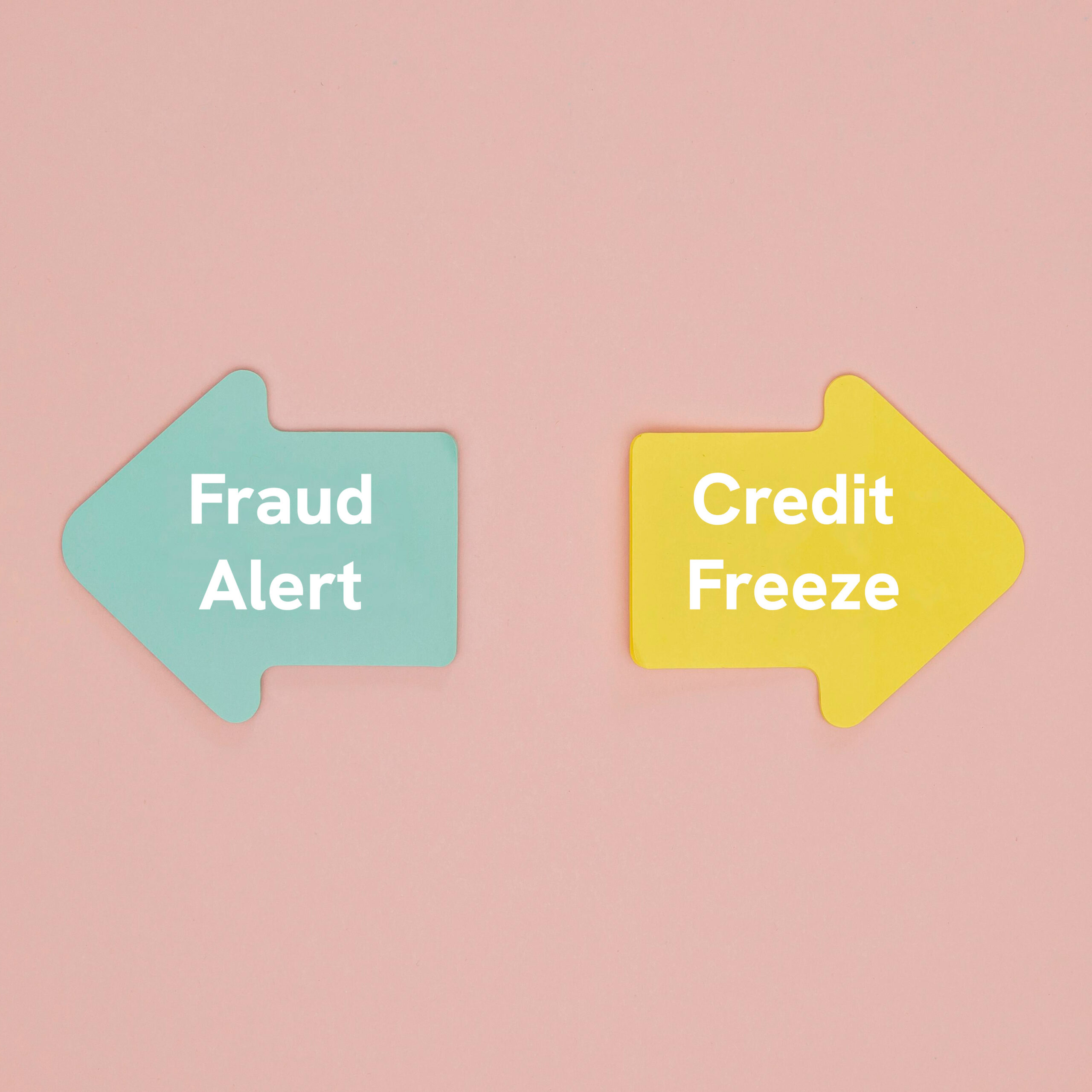How to Use Fraud Alerts and Credit Freezes: A Step-by-Step Guide
Fraud

In an increasingly digital world, protecting your personal information is more important than ever. With identity theft on the rise, two key tools can help safeguard your financial identity: fraud alerts and credit freezes. Both have their own purposes, but understanding how to use them effectively can give you peace of mind. Let’s look at each option and explore how to properly use them.
What Are Fraud Alerts?
A fraud alert is a notice placed on your credit report that signals to lenders and creditors they need to take extra steps to verify your identity before approving new credit accounts.
There are two main types of fraud alerts:
- Initial Fraud Alerts: Last for one year and are ideal if you suspect you've been a victim of fraud or if your personal information has been compromised.
- Extended Fraud Alerts: Last for seven years and are available to individuals who have been confirmed victims of identity theft.
How to Place a Fraud Alert
Choose a Credit Bureau: You only need to contact one of the three major credit bureaus (Equifax, Experian, or TransUnion) to place a fraud alert. The bureau you contact will inform the other two.
- Provide Necessary Information: Be ready to provide your name, address, Social Security number, and date of birth. You may also need to give details about why you are placing the alert.
- Wait for Confirmation: After you place the alert, the bureau will send you confirmation and update your credit report accordingly.
- Monitor Your Accounts: Keep an eye on your credit reports and accounts for any suspicious activity during the duration of the fraud alert.
What Are Credit Freezes?
A credit freeze is a more stringent measure that restricts access to your credit report. This means that no one, including you, can open new credit accounts in your name until you lift the freeze. It’s an effective way to prevent identity thieves from using your information to secure loans or credit cards.
How to Place a Credit Freeze
- Contact Each Credit Bureau: Unlike a fraud alert, you must request a credit freeze from each of the three major credit bureaus individually.
- Provide Your Information: Similar to placing a fraud alert, you’ll need to provide personal information and possibly answer some security questions.
- Monitor Your Credit Reports: While your credit report is frozen, it’s a good idea to continue monitoring it for any existing accounts that may show suspicious activity.

When to Use Fraud Alerts vs. Credit Freezes
- Use Fraud Alerts if you suspect your information has been compromised but are not ready to prevent all access to your credit report. It’s a good first step to add a layer of protection without completely restricting your credit activities.
- Use Credit Freezes if you are certain that you’ve been a victim of identity theft or if you simply want the highest level of protection for your credit. This is particularly useful if you don’t plan on applying for new credit in the near future.
When to Use Fraud Alerts vs. Credit Freezes
- Use Fraud Alerts if you suspect your information has been compromised but are not ready to prevent all access to your credit report. It’s a good first step to add a layer of protection without completely restricting your credit activities.
- Use Credit Freezes if you are certain that you’ve been a victim of identity theft or if you simply want the highest level of protection for your credit. This is particularly useful if you don’t plan on applying for new credit in the near future.
Lifting a Fraud Alert or Credit Freeze
Lifting a Fraud Alert
You can easily lift a fraud alert by contacting the credit bureau where you placed it and following their instructions. You can choose to remove it entirely or extend it if needed.
Lifting a Credit Freeze
To lift a credit freeze, contact each bureau online, by phone, or by mail. You can temporarily lift it for a specific creditor or permanently remove the freeze.
Final Thoughts
Understanding and utilizing fraud alerts and credit freezes can significantly enhance your financial security. While they serve different purposes, both tools are essential in the fight against identity theft. Taking proactive steps today can help you protect your future and maintain control over your financial identity.
Stay vigilant, monitor your credit, and don’t hesitate to use these resources when needed and having a checking account that safeguards your peace of mind. Your financial health is worth it!
The content provided in this blog is for informational purposes only. Nothing stated is to be construed as financial or legal advice. Some products not offered by JVB. JVB does not endorse any third parties, including, but not limited to, referenced individuals, companies, organizations, products, blogs, or websites. JVB does not warrant any advice provided by third parties. JVB does not guarantee the accuracy or completeness of the information provided by third parties. JVB recommends that you seek the advice of a qualified financial, tax, legal, or other professional if you have questions.
Related Articles
Protecting Seniors from Financial Abuse
Protecting Seniors from...
How to Recognize a Phone Scam
How to Recognize a Phone...
How to Protect Your Holiday Cheer from Grinches in Disguise
How to Protect Your Holiday...
Holiday Travel and TSA Precheck Scams
Holiday Travel and TSA...
7 Ways Social Media Makes You Vulnerable to Identity Theft
7 Ways Social Media Makes...
Safeguarding Your Identity
Safeguarding Your...







